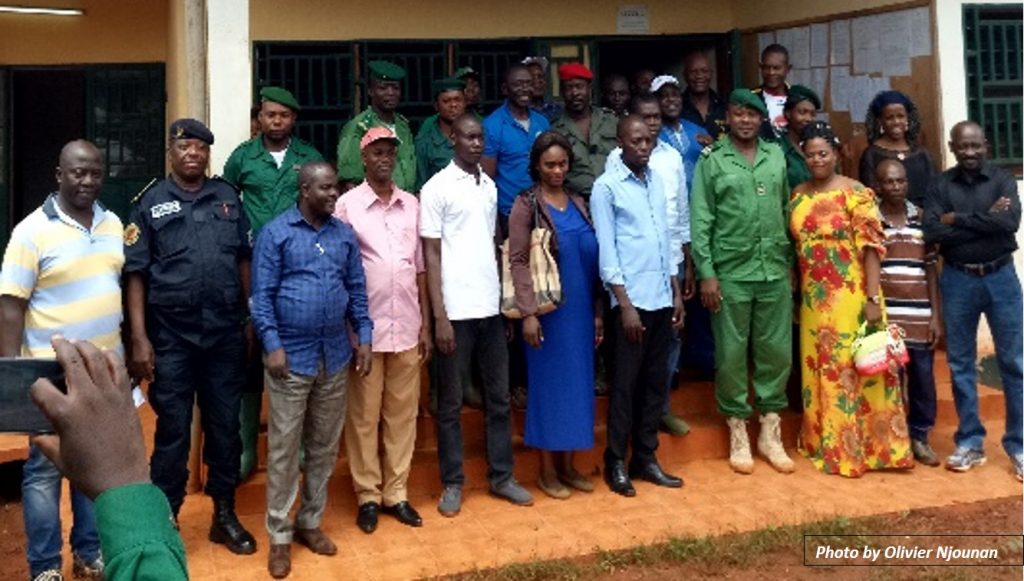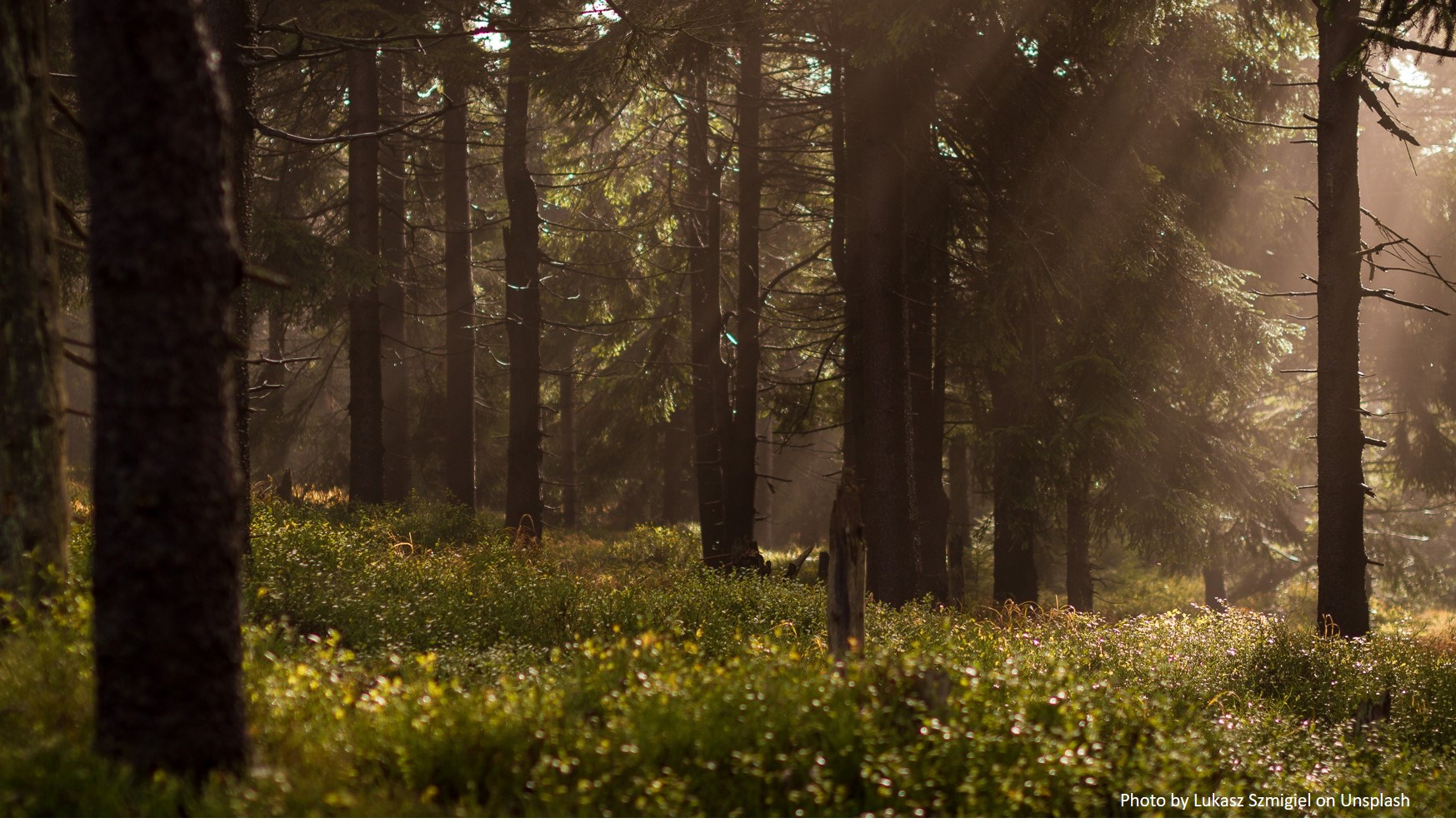According to Population Reference Bureau’s 2019 World Population data sheet, human population growth in sub-Saharan Africa is expected to nearly double from 1.3 billion people in 2019 to 2.5 billion in 2050. This increase impacts Africa’s biodiversity and will dramatically increase the threats of habitat destruction, water and soil pollution, and deforestation.
In direct response to these threats, the Africa Biodiversity Collaborative Group (ABCG) Population Health and Environment PHE working group is working on an integrated approach in Southeastern Cameroon, by implementing and promoting effective approaches that integrate biodiversity conservation activities with actions that contribute to improved global health. ABCG is implementing this work in order to improve ecosystem health and conservation outcomes in tandem with improved human health for communities living in and around areas of key biodiversity.
World Wildlife Fund (WWF), a member of ABCG, is leading the execution of the PHE project in Cameroon. WWF is working with community members to improve human and environmental health in the buffer zones of Lobeke National Park, Southeast Cameroon.

Mobilization and sensitization of administrative and municipal authorities on the project goal and objectives.
Mobilization and sensitization of key stakeholders on the project’s goals
One key lesson that ABCG learned at the onset of the project was that a difference of perception between actors involved in the activities caused differential levels of engagement. Therefore, one of the most important activity of the project is the mobilization of different stakeholder groups around the project. These mobilization events ensure sufficient and clear understanding of the project’s goals, specific project objectives and expected results.
Through our PHE work we:
1. Mobilize the appropriate actors of the health system at the level of Moloundou and Salapoumbé subdivisions to request their technical support in implementing the project.
2. Mobilize and educate the conservation service staff to ensure their full understanding of the project objectives and engagement to get their support into its implementation.
3. Sensitize the administrative, health and municipal authorities of the various subdivisions so that they adhere and communicate at their levels to the target audience coherently and effectively.
4. Mobilize the community leaders, both women and men, Baka and Bantu, so that they understand the goals of the project and accept that women are at the heart of leading the project implementation.
5. Inform Baka Indigenous Association managers on the goal, objectives, expected results of the project, but also collect their opinions and obtain their prior and informed consent.
6. Inform the main stakeholder groups (women, men, youth) gathered in village women’s associations of the objectives and goal of the project. Speaking directly with women provides a great opportunity to answer questions, and address some misconceptions about the real purpose of the project.
One of the best practices from this project is that at least 75% of the interventions are under the direction of community members in all sectors (conservation, health, agriculture, communications/campaigns, etc.). Empowered and motivated communities drive activities towards more positive goals and are ready to defend results.

